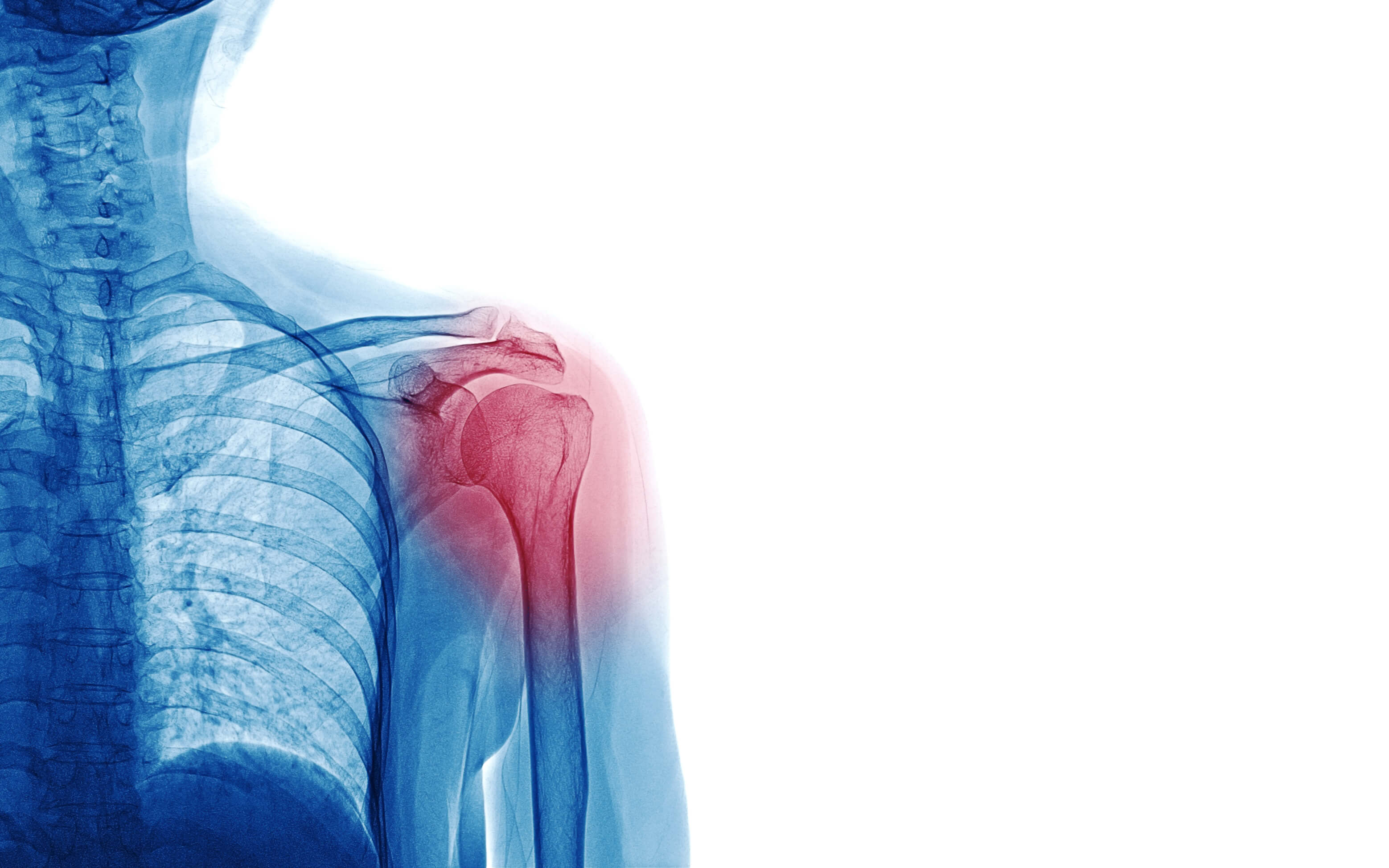Shoulder Resurfacing

An alternative to total shoulder arthroplasty (replacement), shoulder resurfacing involves only repairing the surface of the humeral head. In a typical total shoulder replacement, the shoulder surgeon would have to replace both parts that make up the joint; the humeral head and the glenoid cavity. In shoulder resurfacing, the arthritic portion of the humeral head gets shaved off and repaired with a hemispheric metallic head, essentially resurfacing the join while retaining the integrity of the joint. A surgeon may recommend shoulder resurfacing rather than a total shoulder replacement in a young, active, with arthritis isolated to the humeral head.
Another alternative to total shoulder replacement, a “ream and run” surgery appeals to patients with activity levels higher than those typically recommended a traditional shoulder replacement. In a ream and run surgery, the surgeon uses a reamer to burr out the socket, or glenoid cavity, into the desired shape. The patient lightly exercises the joint while the bone surface heals. A surgeon typically performs a ream and run surgery in conjunction with resurfacing the humeral head.
Candidates for Shoulder Resurfacing
A provider may recommend shoulder resurfacing for patients who do not qualify for a total shoulder arthroplasty, or replacement. Considered a more conservative procedure, shoulder resurfacing repairs arthritis confined to the humeral head.
Candidates for shoulder resurfacing include patients experiencing:
- Osteoarthritis
- Rheumatoid Arthritis
- Avascular Necrosis
- Rotator Cuff Disease or Injury
Why do shoulder resurfacing over total shoulder replacement?
AOA Orthopedic Specialists shoulder specialists can determine whether or not a patient qualifies for shoulder resurfacing. With relatively healthy joint space, moderate arthritis, and an active lifestyle, patients may benefit from shoulder resurfacing. The benefits of shoulder resurfacing in comparison to total shoulder replacement include:
- Shorter recovery time
- Restoration or original anatomy
- Less trauma to the joint
- Less post operative pain
Preparing for shoulder resurfacing surgery
Doctors recommend preoperative strengthening of the surrounding muscles of the shoulder. Preoperative strengthening aids in the postoperative recovery by ensuring that the muscles remain at full strength. Following surgeries, muscles atrophy which can make recovery more difficult. The patients primary care physician may order testing and diagnostics to ensure the patients health.
After Shoulder resurfacing surgery
Following shoulder resurfacing surgery, the patient must stay in the hospital for one to two days. The day following surgery, a nurse removes the bandages and the patient begins a physical therapy regimen. In addition to physical therapy, the surgeon prescribes an at home program as well to ensure the patient receives adequate rehabilitation. The patient wears a sling for up to 6 weeks to prevent unnecessary movement of the joint. Total recovery time varies, but patients typically can drive between two to six weeks following surgery and participate in recreational activities like golf around 3 months following surgery.
Interested in shoulder resurfacing? Call 817-375-5200 to schedule an appointment with a shoulder specialist today!

